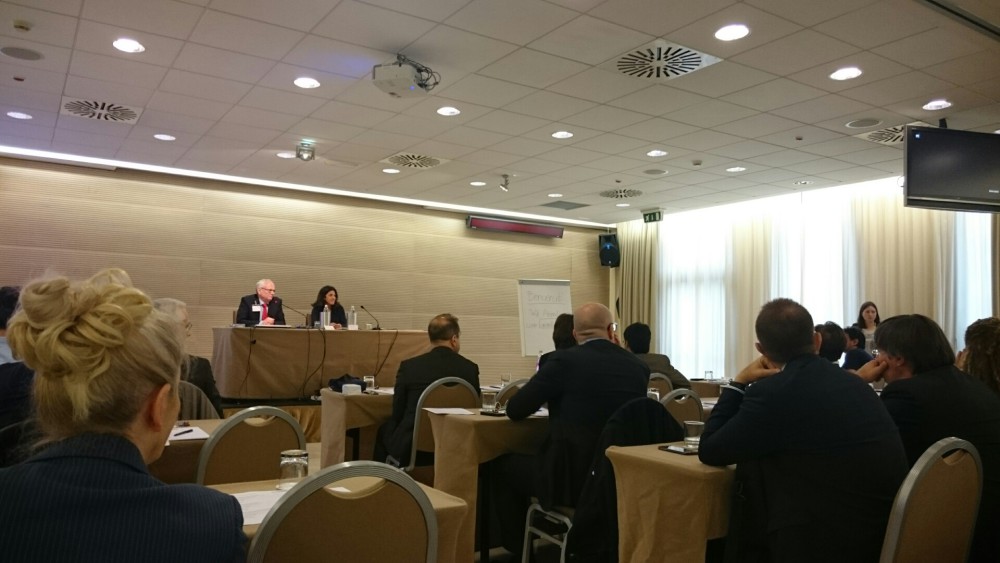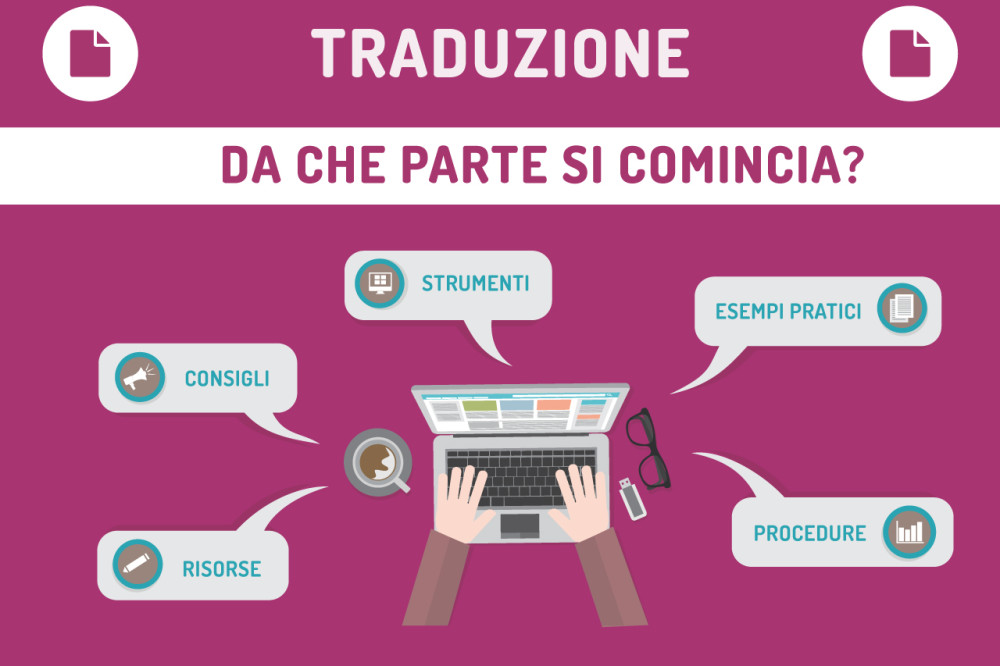News archive May 2016

Technical communication in “Industry 4.0”
We are living in what has already been defined as the fourth industrial revolution and, as with any large-scale global change involving humans and things, there are many different aspects at play. While some embrace the new ideas with enthusiasm and vision, others struggle with the change and are doubtful and uncertain, tied to the traditional way of doing things or perhaps lacking the means, knowledge or strategy to move with the times. Change is, however, in the air; there is a desire to explore, to experiment, to push as far as we can go, to see how new technology can help to simplify our daily lives.
These ideas were discussed last week at COMtecnica, a two-day conference where international experts gathered to debate intelligent information, dynamic content delivery, mobile documentation, and also change management and cultural differences in business.
Until just a couple of years, smart products that communicate among one another floated between definitions of a “smart present” and “smart future”, but they are now well and truly part of our modern lives.
Every day we use a myriad of smart products that simplify tasks: we drive ever more autonomous cars with digital displays, we wear devices that monitor our physical activity, we can see who is ringing our doorbell even when we are out, we turn the oven on before we leave work so dinner is ready when we return, and we receive our shopping list on our smartphone directly from the fridge that warns us when products have expired.
This is the Internet of Things: the revolution of interconnected digital devices that monitor our activity in real time and, with just a few clicks or taps, send all of the information we need to get around in traffic (SmartCars and SmartCities), automate our homes (SmartHomes), shop (SmartShopping), take care of our health (SmartHealth) and monitor all other aspects of our life (SmartLiving).
So how does technical communication fit into this scenario? It is clear that in this digitalised world product and service instructions need to be integrated, easily accessible from anywhere and retrievable according to need, in a targeted and relevant way. Users increasingly expect information to be relevant to their context, adaptive, rich with media, and personalised according to their level of knowledge and experience.
Today, the market already offers electronic displays and reading devices such as smartphones, tablets, video cameras as sensors, and Bluetooth or RFID as connectors. XML-based metadata for CCMS (Component Content Management Systems) are used to create databases to organise content, independent of the layout, to then create publications for the type of media required (websites, brochures, catalogues, etc.).
Technical documentation – first and foremost instruction manuals – is in the process of taking the leap towards electronic publication, which has the advantage of being useable from anywhere from smartphones and tablets, easily searchable and updateable in both online and offline mode. It is not, however, exempt from usage problems (lack of reading device, power failures, usage difficulties in specific environments, etc.).
The main obstacle to the spread of electronic documentation is, however, paper, which is still very widely used as the preferred user interface (PDFs too). This is, firstly, due to legislative requirements, which state that instructions must be delivered securely and available in the long term; secondly, because this is the traditional method used by many companies for delivering documentation (particularly in the industrial sector); and, lastly, because this is the format requested by the users themselves.
We are going through a period of change and innovation in which companies are advancing at different speeds: there are those who have already embraced new technology (see “Snap” by Elica, for example) and those who continue to remain loyal to traditional communication methods, where paper continues to represent a boundary, even where innovative publication technology is available.
During this transitional period, the best solution to adopt is then that of a “free choice of publication media”, according to the type of product or service, from hardcopy quick start guides to mobile information, augmented reality, embedded displays and online documentation, to make user access to information quicker, more immediate and targeted.
Whether online or on paper, digital or traditional, technical documentation is part of a company’s value and should be prepared and handled with care. An important factor to consider is that what a brand says through its marketing, communication and advertising (including, then, its technical documentation) is one of the parameters used by the Reputation Institute to evaluate a company’s all-important reputation, decisive when it comes to being successful.
So what does this all mean? It is another reason to spend time and effort preparing your documentation and corporate communication, and another reason to choose a professional language service provider to help boost your brand and promote your corporate image.

A translation course for aspiring translators
Are you a young translator? Have you just graduated in translation? Are you well informed about theory but lacking practical experience? We have the translation course for you! Our one-day course aims to offer the information you need to start building up your professional profile, develop specialisations and find out more about what the world of work expects of you.
We will provide explanations, concrete examples, processes to go through and best practices to follow, to tackle any translation confidently. You will begin building solid foundations for a successful career and hopefully go on to become a vital resource for direct clients and translation agencies alike.
This course is innovative as the focus is on learning the tricks of the trade usually built up over years of experience. You will be able to put what you learn into practice straight away, avoiding the most common pitfalls and finding your way in a highly competitive and varied sector.
Don’t miss out on this excellent opportunity and sign up right away! Places are limited.
The course will be held in Italian. Download the flier and registration form.
Take action and build your future!
